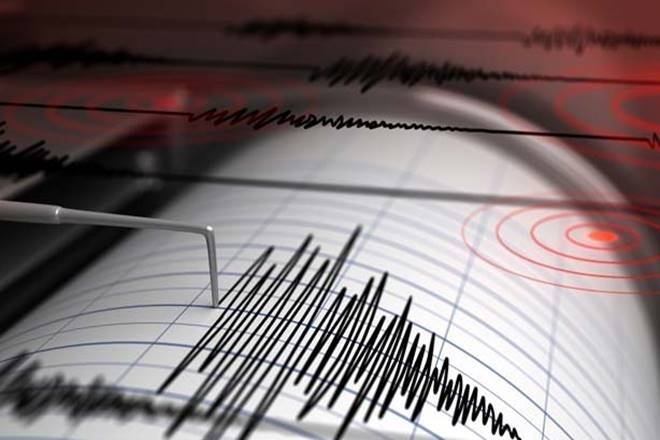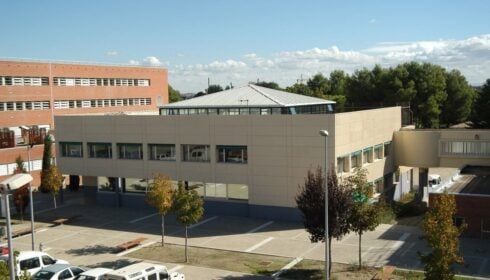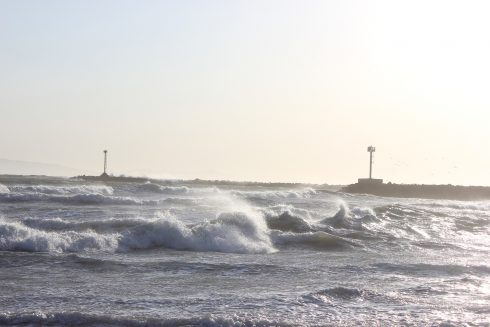TWO low-intensity earthquakes of magnitude 2.0 and 2.1 have shaken parts of Casabermeja in Malaga yesterday morning, Sunday May 29.
According to Spain’s National Geographic Institute (IGN), the first quake was felt shortly before 2 am, on Sunday (01:53), with a depth of 20 kilometres below the town and a magnitude of 2.0.
Two and a half hours later, at 4:23 am, the second earthquake was felt, with a magnitude one tenth of a degree higher (2.1 degrees) and at a depth of 17 kilometres.
Last week saw significant seismic activity in the North of the Alboran Sea, where almost a hundred tremors were registered, several of which—including a large tremor measuring 5.3 on the Richter scale—were felt in Malaga province.
The constant nudging of the African continent toward Europe is the driving force behind earthquakes in the south of the Iberian peninsula.
In fact, according to Jesus Galindo Zaldivar, a professor at the University of Granada, the Eurasian tectonic plate, the African tectonic plate draw closer to each other by four and five millimetres each year.
The National Geographic Institute (IGN) instantly updates its website with all the tremors felt, no matter how small, which allows the evolution of the swarms to be visualised almost to the minute.
READ MORE:
- Spain’s Andalucia to put in motion ‘Drill Response 21’ a catastrophe simulation of three major emergency situations—tsunami, earthquake and floods
- Experts warn of a new tsunami formation process which could generate six metre waves off the coast of Spain’s Andalucia.
Click here to read more News from The Olive Press.








